You can contact LEARNZ, part of CORE Education, at:
Postal Address:
PO Box 13 678,
Christchurch 8141,
New Zealand
Floods are New Zealand’s number one hazard in terms of how often they happen, the losses they cause, and the number of declared civil defence emergencies.
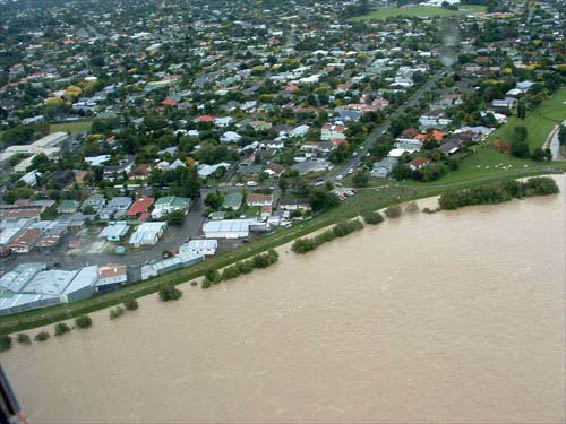
Floods are usually caused by heavy or long periods of rainfall but can also occur due to landslides triggered by heavy rainfall or earthquakes, failure of dams, high sea levels at river mouths, coastal storm inundation and tsunami.
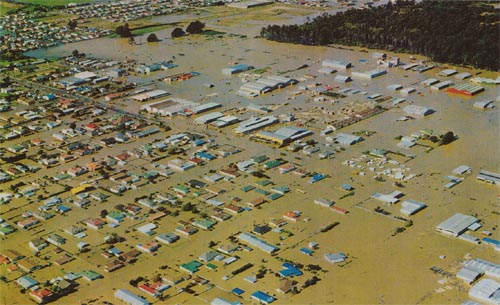
Floods can cause injury and loss of life to people and animals. Be prepared for fast-flowing water filled with debris, which can sweep people and animals away. Floodwater can even be strong enough to pick up vehicles.
Floodwaters can damage buildings, land, roads, bridges, power lines and phone lines. Crops can be flooded and livestock drowned. Floodwater can contaminate water and land.
After a major flood there will be a lot of damage and pollution to clean up. It may take months or years to recover.
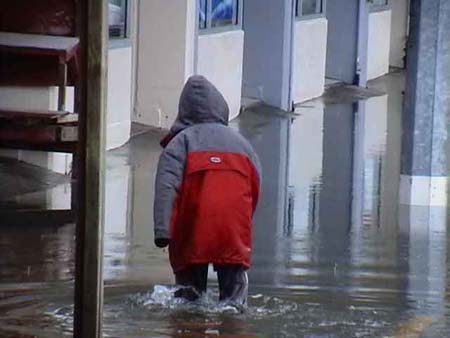
Make and practise your emergency plan with your family, and make sure you and your family each have a grab bag and emergency supplies.
Make sure your family stays up to date with the latest weather information from MetService. Ask your parent or caregiver to pay attention to weather watches and warnings.
If you live on a farm, ask your family if they know which paddocks are safe to move livestock away from floodwaters, landslides and power lines.
Ask an adult at home to find out from your local council what the flood risk is in your area. Your local council may be able to give your family more information on ways to reduce potential flood damage to your home.
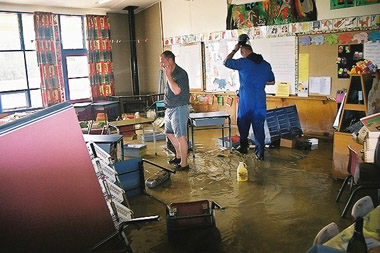
During a flood, put safety first. If you see rising water, tell an adult. They should take you to high ground without an official warning. Take your grab bag with you in case you need your emergency supplies. If you have to leave, take your pets with you — if it’s not safe for you, it’s not safe for them.
Stay away from floodwater, as it may be contaminated and can make you sick. Never try to walk, swim or drive through flood water, it may be moving quickly and can sweep you away.
After a flood, only return home after Civil Defence and emergency services have told you it is safe to do so. It may not be safe to return home even when the floodwaters have gone.
Look before you step. After a flood, the ground and floors may be slippery or covered with debris, including broken bottles and nails.
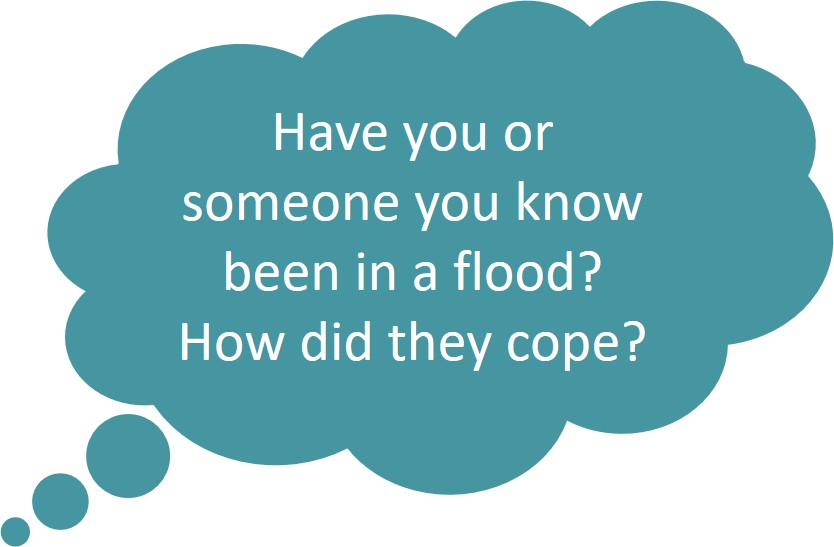
We experience different types of flooding in New Zealand - river flooding, surface flooding, groundwater flooding, and storm surge.
Ready for a quiz? Try the Floods interactive activity.
Normal rainfall soaks into the soil, is taken up by trees and plants, and runs off the land to form our streams and rivers. Floods happen when there is too much water and the run-off is too much to be carried by the rivers.
During heavy rain, rivers can overflow their banks into the floodplain. A floodplain is the flat section next to a river, and these can flood quite regularly.
When rain falls faster than it can drain away, we get surface flooding.
Surface flooding happens when heavy rain falls either in a small area or in an urban area with lots of hard surfaces that stop rainwater from soaking into the ground.
Surface flooding can happen very quickly, but usually doesn’t last very long.
Periods of unusually high rainfall can cause water to rise out of the ground.
Groundwater flooding can bubble up outside and start flowing along the surface, and can also rise up directly into homes.
Storm surges are produced when high winds push water onshore. They can cause beach erosion and threaten life and property.
Storm surges can happen at large lakes, but are most common on the coast, where severe weather can cause extreme tides.